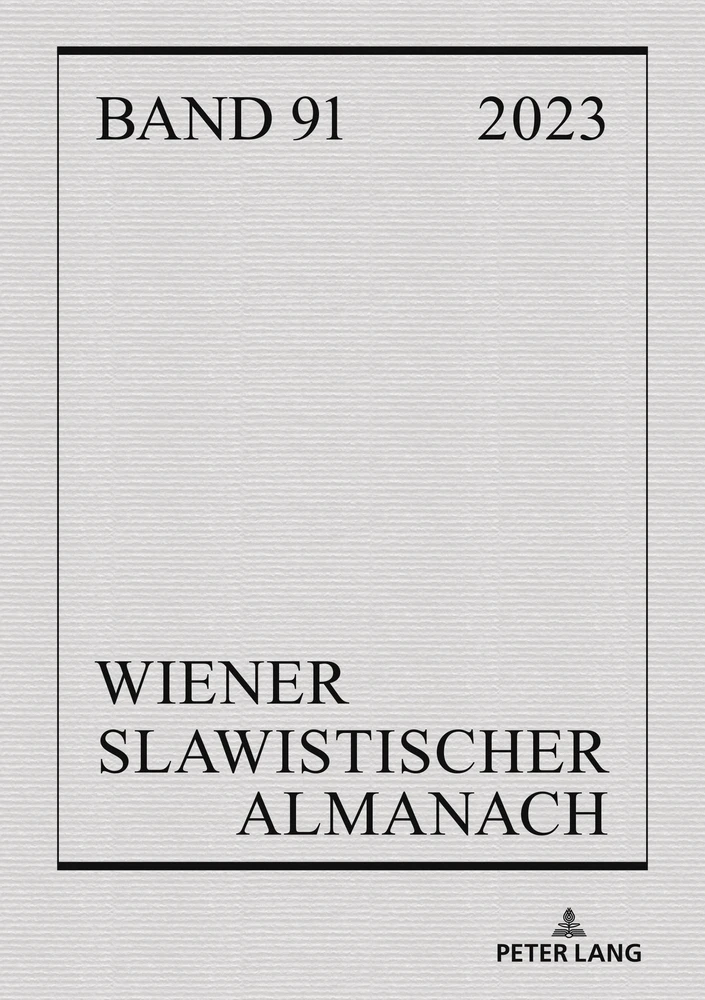Адам на кресте (Архитектурная Библия Мандельштама)
Published November 21, 2024
Keywords
- Osip Mandelstam,
- Nikolai Gumilev,
- gothic architecture,
- Notre-Dame
Abstract
The article is devoted to the reconstruction of Mandelstam’s metanarrative, schematically expressed in its title. At the centre of the study is “Notre Dame” (1912), the program poem of the first Mandelstam’s poetic book Stone. It is examined in the context of the poet’s contradictory statements about Gothic architecture, the mutually exclusive evaluative judgments of art historians of the nineteenth and early twentieth centuries about the Gothic style, and the intense poetic dialogue between Mandelstam and Gumilev that lasted for many years. The final section analyses Mandelstam’s return in his work of the 1930s to the central collision of “Notre Dame” and a second 1912 poem about the impact of the Gothic – the sonnet “The fall is the invariable companion of fear... ,” the interpretation of which occupies an important place in the structure of the article. The subtitle “Mandelstam’s Architectural Bible” refers to the comparison of the Gothic cathedral to a book, and above all to the Bible, which was common in nineteenth-century literature, from Hugo’s Notre Dame de Paris (1831), where the revival of interest in the Gothic began, to John Ruskin’s Amiens Bible (1884).

